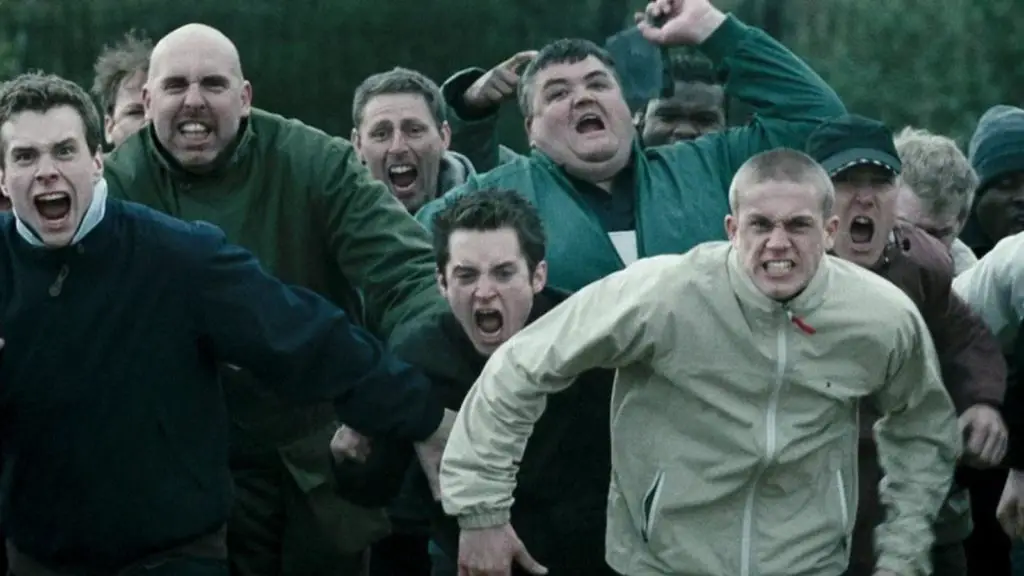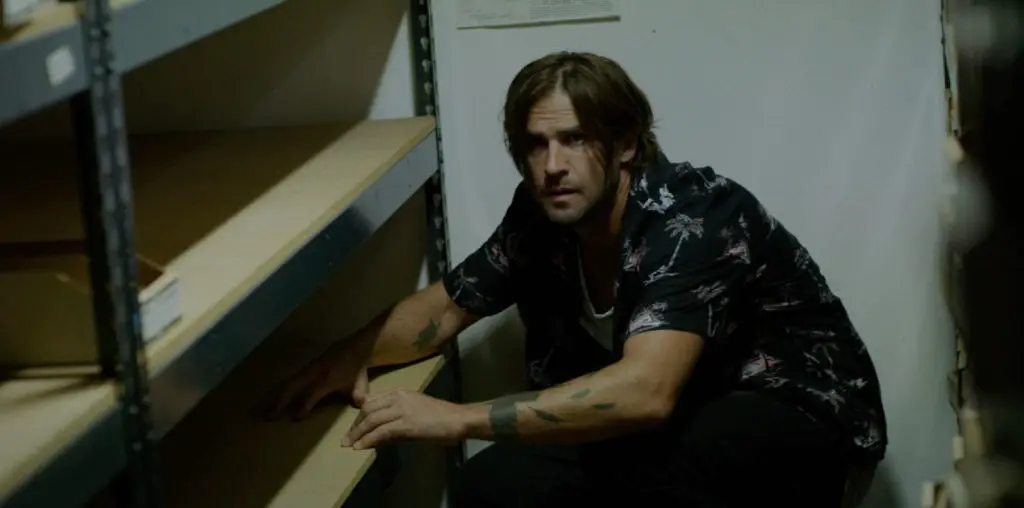
In reviewing the comedy films from Hollywood’s so-called golden era, the “Road” pictures are often called up as representing the finest of the genre. This designation might be more than a bit charitable, since only three of the seven films in the series are truly start-to-finish hilarious.
For those who never saw these flicks, the “Road” pictures were (with one exception) produced by Paramount Pictures to highlight three of their top stars: Bob Hope, Bing Crosby and Dorothy Lamour. The humor was fast and often Dadaist, with intentionally looney scenarios and blatant inside humor that constantly mocked and acknowledged the fact the characters were in a film. (Many of the inside jokes will be indecipherable to anyone who lacks knowledge of 1940s-era culture and politics.)
The series began with the fairly mild and traditional “Road to Singapore” in 1940, but then took a decidedly wacky turn the following year with “Road to Zanzibar.” In 1942, the series hit what many consider to be a comic peak with “Road to Morocco” – and most people cite that production when talking about the series. Personally, I found 1945’s “Road to Utopia” to be far more entertaining and inventive. However, the remaining films – “Road to Rio” (1947), “Road to Bali” (1952) and the United Artists release of “Road to Hong Kong” (1962) – lacked the kinetic energy and vibrant absurdity the series’ better entries.
“Road to Bali” is today’s destination, simply because a lapsed copyright has doomed the film to being endlessly duped by public domain labels. In many ways, the film represents a key problem inherent to any long-running comedy series (either cinematic or broadcast): running out of steam while the series is still in motion. In “Road to Bali,” there is a damp sense of been-there/done-that hanging over the entire film. The stars’ humor and their zany situations feel like second- and third-generation dupes of earlier material – not unlike the recklessly duped prints used to bootleg the film endlessly.
The formula in “Road to Bali” follows the series’ predictable set-up: Hope and Crosby are broke entertainers on the run from some sort of trouble. This time around, they are in Australia in the early 20th century, where complications involving a pair of farmers’ daughters force the men to flee for their lives. They take off for an exotic and distant destination – in this case, Bali, where the duo gets work as deep-sea divers. They also make the acquaintance of Dorothy Lamour, playing a Scottish-Balinese princess named Lalah MacTavish. As in the previous films, the men spend most of the running time trying to woo her while comic-fighting with each other regarding which is the best man for the lovely lady.
As was with the other “Road” pictures, “Road to Bali” finds the men in complicated and ridiculous situations, usually with Hope being played as the fool trapped in bizarre circumstance. This go-round, he tangles with a giant squid while on a scuba dive for sunken treasure, gets hung up in a tree after falling in an animal trap, and is romantically pursued by a female gorilla.
If you come to “Road to Bali” fresh, without seeing the previous films in the series, some of this might be funny in an antiquated cornball manner. But if you follow the series in chronological order, the movie feels repetitive. The one thing that truly makes this difference is being the first and only “Road” picture shot in color, but the additional hues fail to hide the monochromatic humor.
One suspects that the film’s creators realized some extra spice was needed, and this can explain the appearance of several guest stars in uncredited appearances. Dean Martin and Jerry Lewis, the reigning Paramount comedy stars of the early 1950s, appear in a Dorothy Lamour dream sequence. Bob Crosby, Bing’s bandleader brother, walks in unannounced at one point, fires a rifle, and walks out – Bing explains he promised his sibling a “shot” in the film. (Yes, that is one of the funnier jokes!) Jane Russell shows up in the film’s final minute, while a clip of Humphrey Bogart from “The African Queen” is included as well. That gag involves Hope picking up Bogart’s Academy Award, which Bogie alleged “drops,” thus enabling Hope to launch into his perennial shtick about hungering for the Oscar.
But, sadly, the jokes are the same old leftovers, often delivered with indifference rather than insouciance. When Hope remarks that Lamour’s Lalah MacTavish leaves him “intoxicated,” Crosby observes: “Could be she’s half-Scotch.” Hope prepares the audience for a Crosby musical number by looking straight at the camera and declaring, ”He’s going to sing, folks, now’s the time to go out and get the popcorn.” (That gag was actually a ripoff of a similar fourth-wall-breakdown remark by Groucho Marx in the 1932 comedy “Horse Feathers.”) Hope has another wisecrack aimed at the camera – he remarks that the duo never had any money, then pauses and tells the camera, “That’s for Washington!”
Yeah, if your idea of comedy is in alignment with the likes of Kevin Smith, Judd Aptow or Seth McFarlane, this is really not the film for you. “Road to Bali” is strictly old school – a very, very old school.
In many ways, “Road to Bali” was the end of the road for the series and its stars. This was Lamour’s final film as a leading lady – she was already losing luster in her career, and her lack of clout was confirmed when Decca Records ignored her and brought in Peggy Lee to record the songs with Hope and Crosby for the film’s soundtrack album. Hope and Crosby continued starring in films, but aside from a very few exceptions (Crosby’s dramatic Oscar-nominated role in “The Country Girl,” Hope’s stylish musical comedy “The Seven Little Foys”), their films became increasingly stale and unpopular. An attempt was made to revive the series in 1962 with the London-based independent production of “Road to Hong Kong,” but at that point the men were too elderly to keep their shtick fresh while Lamour was relegated to guest star status as a young Joan Collins filled in for the leading lady part. Unfortunately, her youth made the romantic overtures of the aging Hope and Crosby seem creepy rather than funny. Plans were announced in 1977 for “Road to the Fountain of Youth,” but Crosby’s death that same year cancelled the idea before it ever took root.
“Road to Bali” was actually a co-production by Hope and Crosby’s respective companies in conjunction with Paramount. The fact none of the three entities bothered to renew its copyright is amusing – but, then again, being stuck with a second-rate comedy like this isn’t something to laugh at.
IMPORTANT NOTICE: The unauthorized duplication and distribution of copyright-protected material, either for crass commercial purposes or profit-free s***s and giggles, is not something that the entertainment industry appreciates. On occasion, law enforcement personnel boost their arrest quotas by collaring cheery cinephiles engaged in such activities. So if you are going to copy and distribute bootleg videos and DVDs, a word to the wise: don’t get caught. Oddly, the purchase and ownership of bootleg videos is perfectly legal. Go figure!

